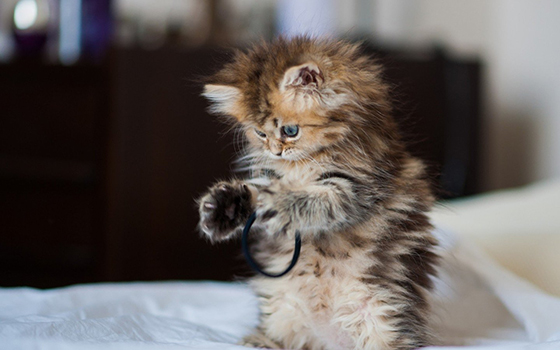Cosplay, the colourful and creative interest where enthusiasts dress up as characters from numerous types of media, has exploded in reputation. but, with this growth comes an multiplied need to recognize the legal panorama surrounding it, particularly concerning copyright legal guidelines. this newsletter explores how cosplay intersects with highbrow belongings rights and gives insights into navigating these felony waters responsibly.
one of the number one issues in cosplay involves the difference between private use and industrial use. Copyright law usually protects the original author’s works, whether or not they are characters from comics, movies, video video games, or other media. whilst people create costumes for his or her personal use, including attending a convention, they typically fall beneath “fair use.” which means that making and sporting a dressing up for personal amusement is usually permissible.
however, matters get greater complicated whilst cosplay ventures into industrial territories. selling replicas of copyrighted characters, charging fees for commissioned costumes, or even the use of copyrighted pix with out permission can result in felony repercussions. In those times, acquiring a license or permission from the rights holder becomes crucial. Failure to do so can result in proceedings, fines, or other consequences.

every other vicinity that regularly confuses cosplayers is the road between unique creations and by-product works. whilst developing a wholly authentic character based totally loosely on current subject matters is usually safe, crafting a dressing up that intently mimics a particular copyrighted man or woman with out permission can also infringe on the ones rights. Courts often have a look at elements just like the degree of similarity, the motive of the use, and whether or not the new paintings represents a metamorphosis or simply a replica.
It’s additionally crucial to be privy to trademark troubles inside the realm of cosplay. emblems protect trademarks, emblem names, and different identifiers used in commerce. the usage of trademarked symbols or emblem names on cosplay clothing without authorization can cause claims of trademark infringement. To keep away from such issues, it’s recommended to influence clear of incorporating blanketed elements unless express permission has been granted.

For the ones interested by generating and selling cosplay objects professionally, understanding licensing agreements is vital. Many groups provide professional products guidelines that permit lovers to supply and sell costumes legally. those agreements commonly entail paying royalties or prices in exchange for the proper to use specific characters. at the same time as these preparations may lessen earnings, they make certain that cosplayers perform inside the bounds of the regulation.
additionally, the idea of “spinoff works” performs a considerable role in cosplay way of life. A by-product paintings is one that is based on or derived from an current work but with sufficient changes to be taken into consideration a brand new creation. as an example, including unique functions or altering the design significantly would possibly assist distinguish your cosplay creation from the authentic, potentially supplying some prison safety.
instructional establishments and massive occasions regularly provide platforms for discussing those complicated prison problems. Workshops, panels, and seminars at conventions can provide treasured insights into the nuances of copyright and trademark legal guidelines as they follow to cosplay. Networking with prison experts or becoming a member of on-line groups devoted to cosplay law also can be useful for staying knowledgeable and in search of recommendation.

In conclusion, whilst cosplay is by and large approximately celebrating creativity and fandom, it’s crucial to remain conscious of the criminal implications surrounding copyright and trademark legal guidelines. by using know-how fair use principles, respecting intellectual belongings rights, and searching for suitable permissions whilst necessary, cosplayers can enjoy their craft without strolling afoul of the regulation. because the cosplay network keeps to grow, fostering a deferential and informed method to felony topics will help ensure its continued achievement and vibrancy.